Massachusetts Bearberry – 1 Gallon Pot
$44.97 Original price was: $44.97.$31.48Current price is: $31.48.
SKU: D2LSC 396906711 Categories: 6-12 Inch Height Groundcovers, GROUNDCOVER PLANTS
- Your needs, our top priority.
- Safe Transactions, Always
- Unbeatable quality, unbeatable prices.
- Quality and Affordability Combined

Massachusetts Bearberry
Arctostaphylos uva-ursi ‘Massachusetts’
Other Names: Massachusetts Pinemat Manzanita, Massachusetts Kinnikinnik
Plant Details
USDA Plant Hardiness Zones: 2a-6b (7 in cool-summer climates?) Find Your Zone
Plant Type: Evergreen Groundcover
Height at Maturity: 10-12″
Width at Maturity: 4-6′
Spacing: 3-4′ for mass plantings; 8′ or more for space between plants
Spacing: 3-4′ for mass plantings; 8′ or more for space between plants
Growth Habit / Form: Dense, Prostrate, Spreading
Growth Rate: Slow to Moderate
Flower Color: Light Pink to White
Flower Size: Small, .25″
Flowering Period: Mid Spring
Flower Type: Single, urn-shaped
Fragrant Flowers: No
Foliage Color: Dark Green
Fragrant Foliage: No
Berries: Yes, in fall
Berry Color: Red
Sun Needs: Full Sun, Morning Sun with Light Afternoon Shade, Morning Shade with Evening Sun
Water Needs: Average, low when established
Soil Type: Clay (amend heavy clay soil to ensure good drainage), Loam, Sandy, Silty
Soil Moisture / Drainage: Moist But Well Drained; tolerates dry periods when established
Soil pH: 4.0 – 6.0 (Acid)
Maintenance / Care: Low
Attracts: Birds, Beneficial Po0llinators, Visual Attention
Resistances: Cold Temperatures (-50F), Deer, Drought (when established)
Description
A very attractive and cold-hardy North American native evergreen shrub, Arctostaphylos uva-ursi ‘Massachusetts,’ commonly known as Bearberry, is a prostrate form of the species that only reaches a foot tall, spreading 5 to 6 feet wide. It features lustrous dark green evergreen leaves that are smaller than those of the species, providing a unique and attractive texture in the landscape. In mid to late spring, it produces abundant clusters of soft pink-to-white bell-shaped flowers, followed by ornamental red berries displayed in fall and persisting into winter. The hummingbirds, butterflies, and beneficial pollinators will appreciate the flowers, and the berries are enjoyed by birds. The foliage turns from green to red or reddish-purple in fall, persisting through winter and turning back to green in spring. Very easy to grow and resistant to drought and disease, Massachusetts Bearberry is a nice accent in smaller garden spaces and rock gardens, or grouped or as a border where space allows in landscape borders. It is excellent for underplanting small trees. You might also be happy to know deer aren’t interested.
Landscape & Garden Uses
Massachusetts Bearberry grows 10 to 12 inches tall and spreads 4 to 6 feet. It is ideal for use as a groundcover plant and a great choice to underplant small trees. It can be grown in pots, planters, and other containers and trained to grow as a miniature bonsai tree. It is a fine addition to native plant gardens, Asian theme gardens, rock gardens, and wildlife gardens.
Suggested Spacing: 4 feet apart for mass plantings; 10 feet or more apart for space between plants
How To Measure Total Square Feet Of A Planting Area
How Many Plants Needed To Cover A Planting Area?
Growing Preferences
Massachusetts Bearberry is easy to grow in moist but well-drained acidic soils of average fertility and full sun to part shade. For best flowering and berry production, we suggest 4 hours of sunlight daily. Established plants have high drought tolerance. As with many other ornamental plants, constantly soggy or wet soil can be problematic.
Helpful Articles
*Click on the Planting & Care Advice tab on this page to find helpful instructions from our experts.
Determining How Many Plants To Fill A Planting Area
Plant Long & Prosper!
Meet The Wilson Brothers & Staff
Questions? Contact Us
Be the first to review “Massachusetts Bearberry – 1 Gallon Pot” Cancel reply
Related products
Sale!
GROUNDCOVER PLANTS
Sale!
GROUNDCOVER PLANTS
Sale!
GROUNDCOVER PLANTS
Sale!
Sale!
GROUNDCOVER PLANTS
Variegated Creeping Fig (Ficus Pumila ‘Variegata’) – 10 Pack Of 4″ Pint Pots
Sale!
GROUNDCOVER PLANTS
Sale!
GROUNDCOVER PLANTS
Sale!
GROUNDCOVER PLANTS



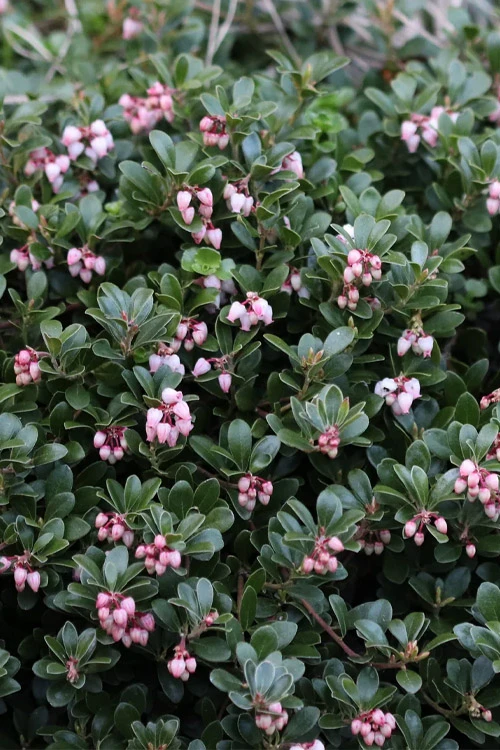
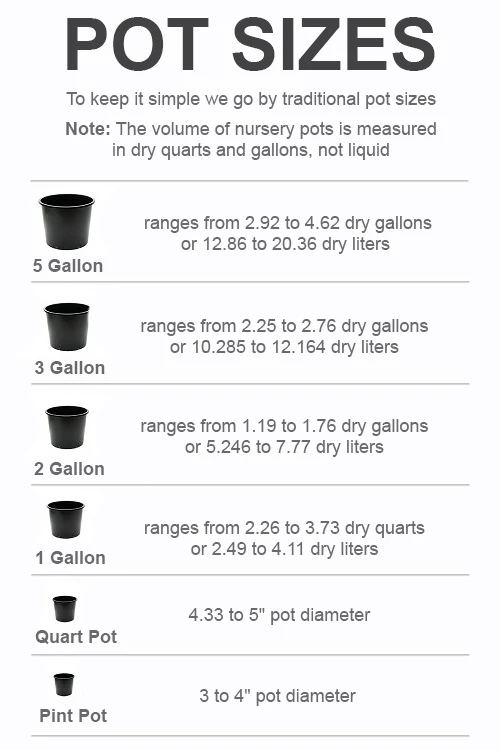
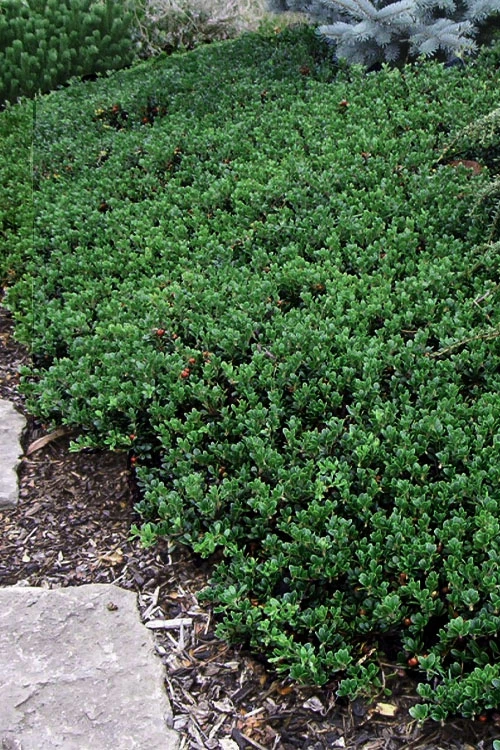
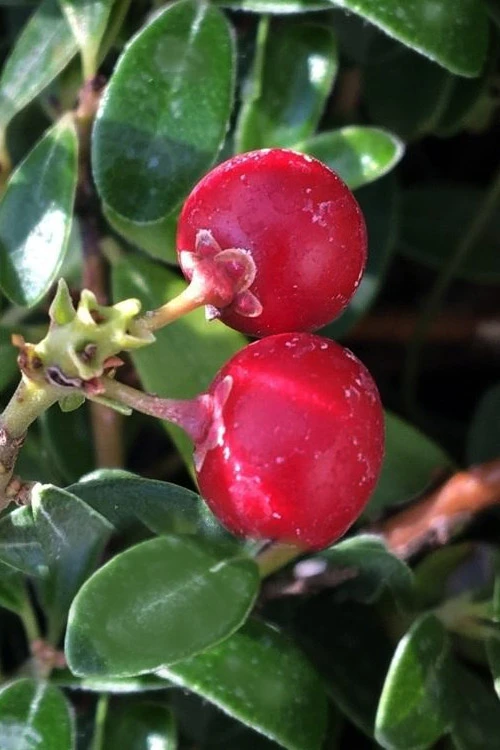

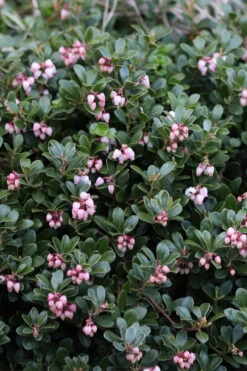
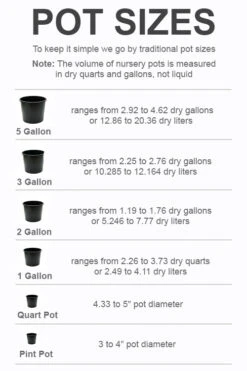

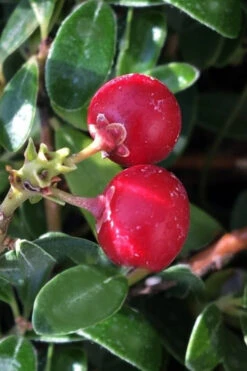


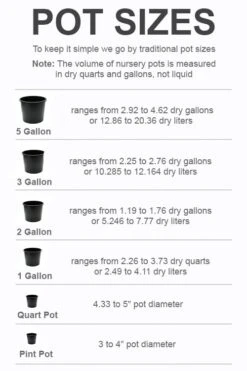
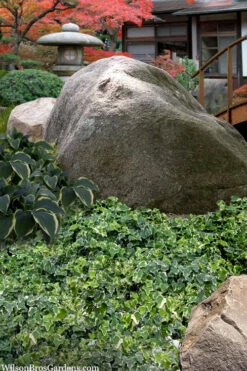

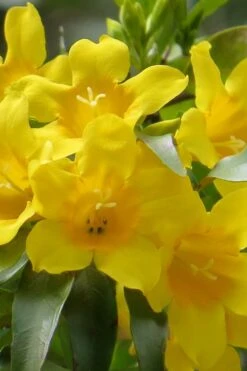



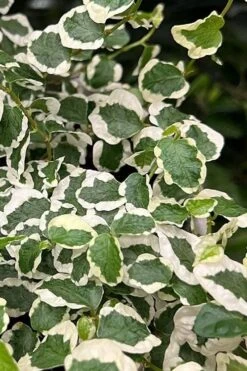

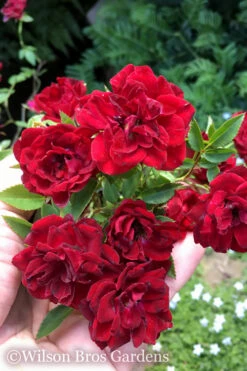

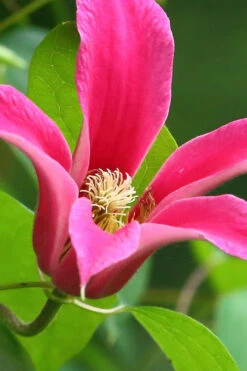
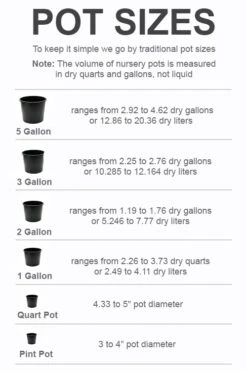


Reviews
There are no reviews yet.